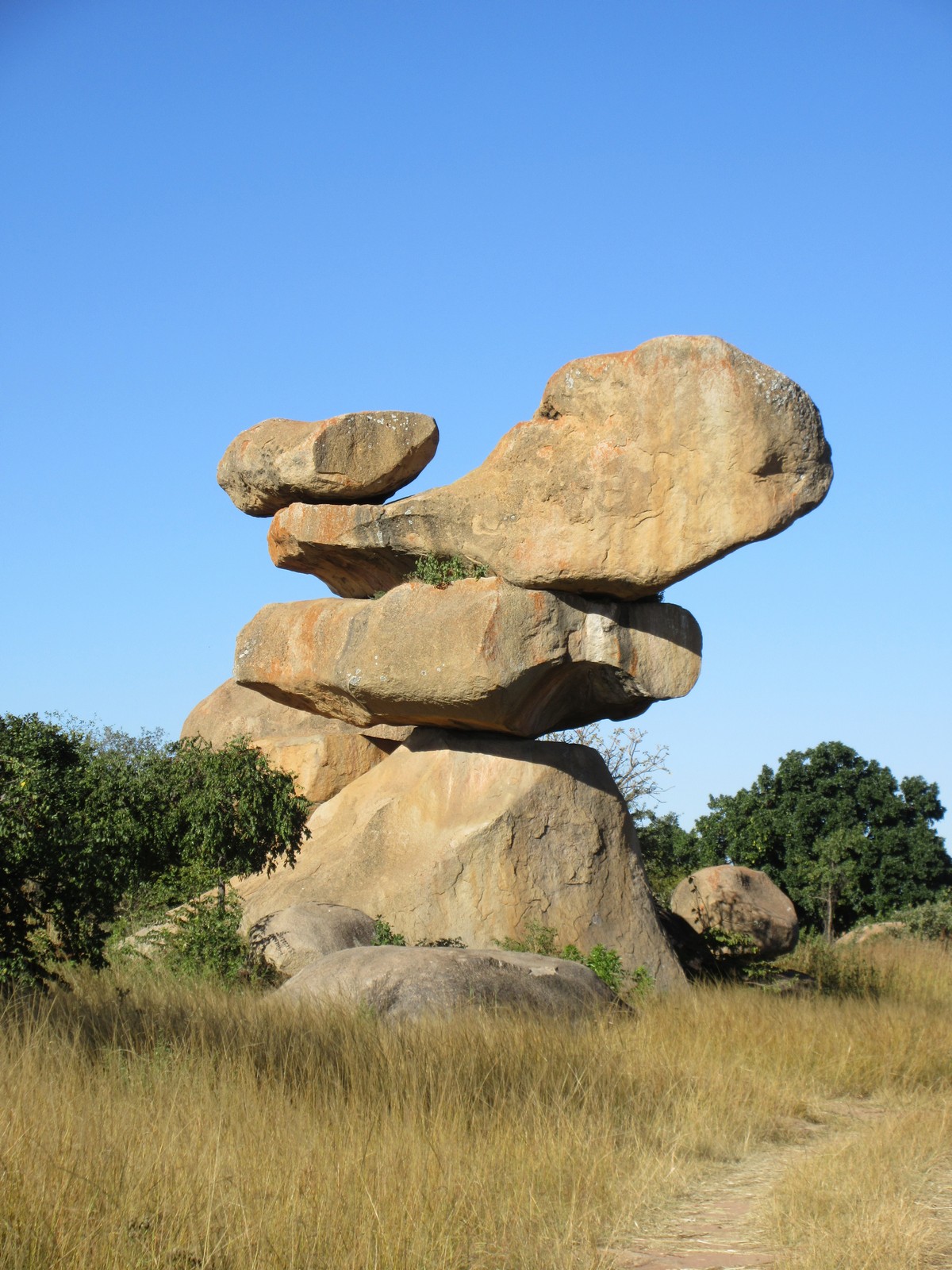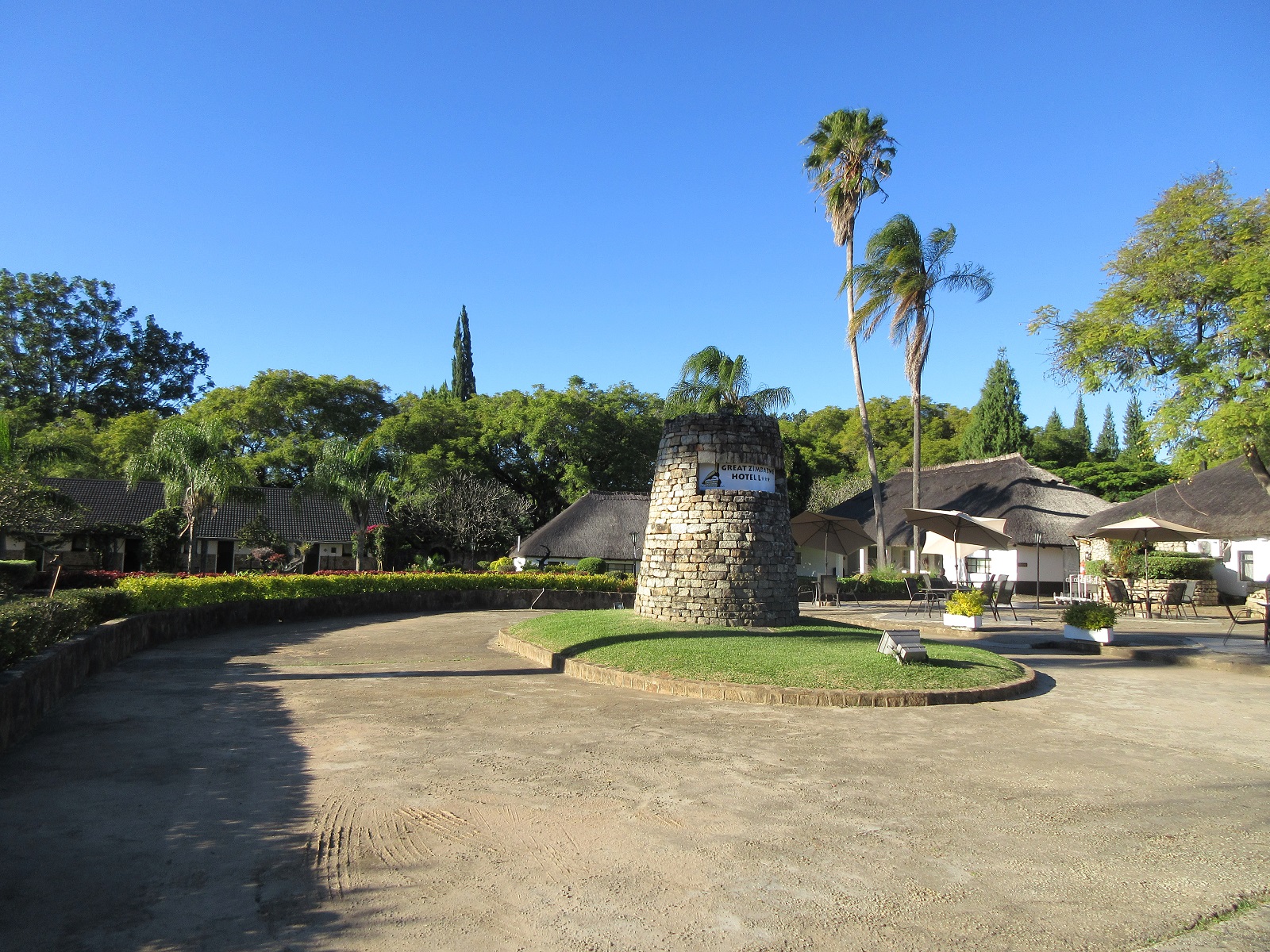
Reading this week:
- Sons of Sinbad by Alan Villiers (Villiers is always phenomenal)
The morning after my visit to Great Zimbabwe I was headed back to Harare. I asked the hotel to arrange a taxi for me and the taxi arrived right at 0400. I was going for an early start because I was trying to catch a 0500 bus back to Harare. This was a bit weird for me because there isn’t a “0500” bus. It seems like the big busses in Zimbabwe operate like minibusses in Zambia, and instead of leaving on a schedule just leave when they are full. The taxi driver helped me get a bus. The first one we tried was almost full (and therefore nominally ready to leave) but the taxi driver talked to the bus driver and the bus driver apparently wanted to sleep for a few more hours before heading out. Like what? But eventually I got on a bus farther into town. This one was nearly empty when I arrived, but that meant I got a good seat and we left at about 0630. We made it to Harare in good time and I got a taxi the rest of the way to the hotel which cost me more than the bus ride.

Downtown Harare from the National Gallery.
At the hotel I checked in and sat down for a minute and then got lunch. After lunch I immediately set out for the National Gallery of Zimbabwe. I was a bit nervous walking there but by the time I got there I was more comfortable. The gallery is a pretty nice place but not all that big. I saw some art I really liked. My favorite was this portrait of a roadside fruit vendor. She was painted with a graduation cap and cool sunglasses, and the artwork was done mostly out of old Zimbabwean notes. It represents the graduate who can’t find a job and so is selling fruit, but stands tall anyways.

Flying boat formation.

The famous balancing rocks of Zimbabwe.
After that I walked back to the hotel so I could arrange to go to the balancing rocks. The art gallery trip cost me $5 and the balancing rocks cost me $60. I got one of the taxi driver concierge guys from the hotel and he took me out there. He went on the whole tour with me which was kinda nice I guess? The place isn’t too big and we felt crunched for time because he had to go pick someone up from the airport, but then again we saw everything. The rocks are indeed pretty wild. My favorite was called the “Flying Boat Formation.” I found the rocks on the Zimbabwean dollars and had my picture taken there. So that’s pretty neat. It cost $40 for the taxi, $10 for my admission, $5 for the driver’s admission, and I tipped him $5.
All the previous meals I had in Harare were at the lobby bar at the hotel, but this night I decided I wanted to actually eat dinner at the hotel restaurant. I went down too early it turns out and the restaurant wasn’t open yet, so I had two beers at the bar. Then I went to the restaurant and it turns out it is a buffet that costs $30. I felt dumb going back to the bar so I decided to go for it. I had a lot of food and it was really good. The tough part was figuring some of the food out. The biggest hurdle was that there are different Shona words for things, so like nshima down there is sadza. A lady asked me if I knew what one dish was, and I said no (it looked kinda like cikonda before it is quite cooked all the way), and she told me it was like sadza but different, which really wasn’t illuminating. But in buffet style I piled my plate high with all sorts of stuff and I even got dessert and went back for seconds and after that I cleared out because the room was getting crowded and came back to the room where I passed out from a full belly.














You must be logged in to post a comment.